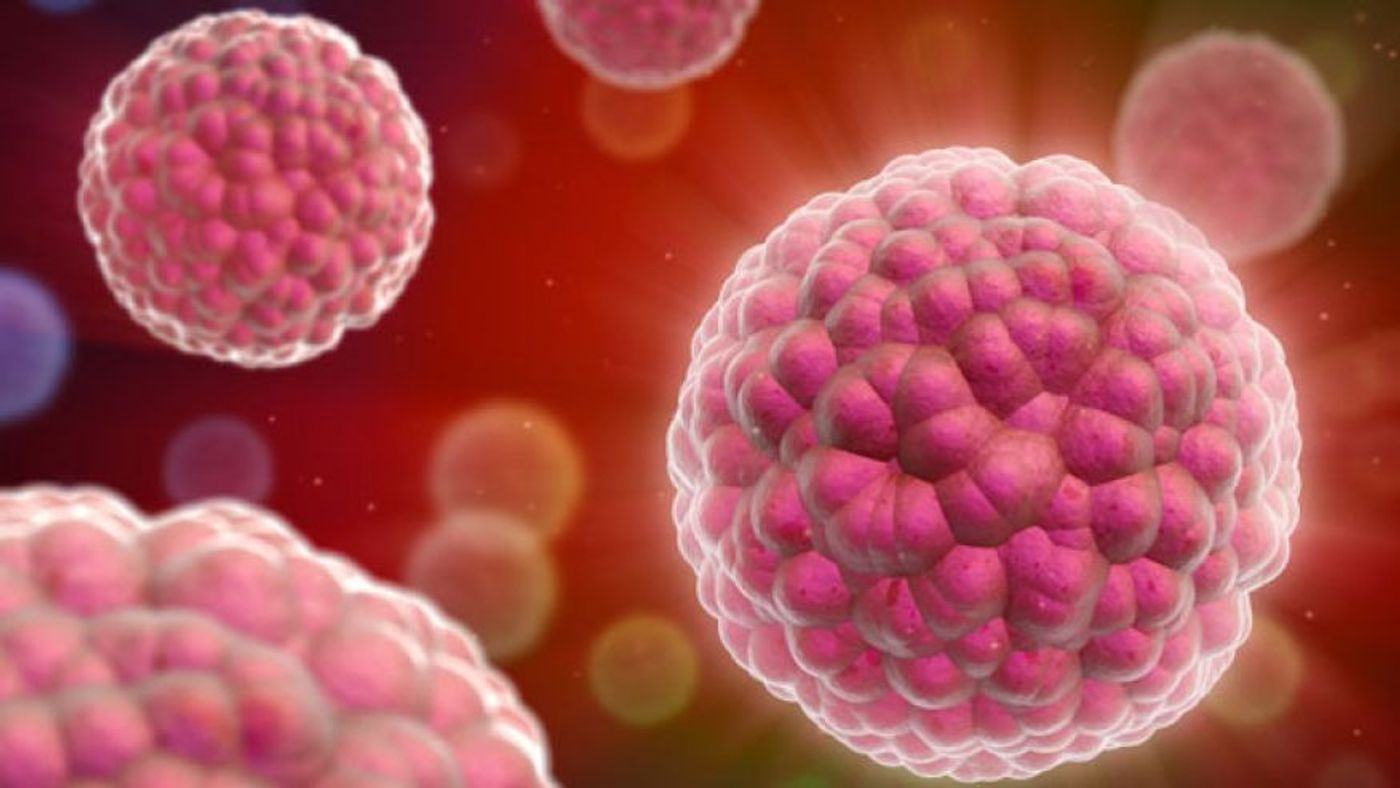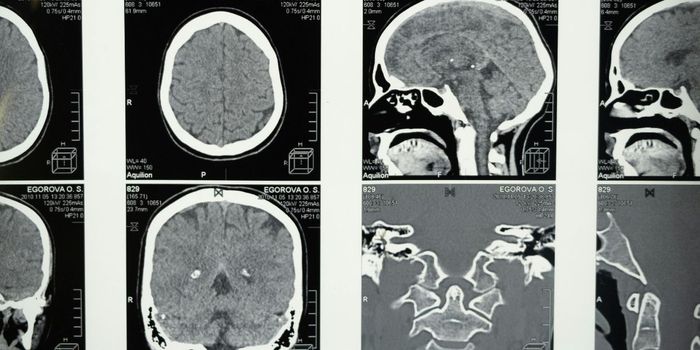Warnings about the dangers of smoking started in the 1960s, but lung cancer remains the second-most common cancer and the leading cause of death from cancer in the United States. Because patients are often diagnosed only when their disease is already at an advanced stage and hard to treat, researchers at the West Coast Metabolomics Center at
UC Davis have attempted to identify biomarkers that could be the basis of early tests for lung cancer. The study was reported in
Science Daily.

According to Oliver Fiehn, director of the metabolomics center and a professor of molecular and cellular biology at UC Davis, "Early diagnosis is the key to fighting lung cancer."
While lung cancer can be diagnosed early with regular low-dose computed tomography (CT) scans of people at risk, but they are both expensive and invasive. Fiehn, project scientist William Wikoff and their colleagues decided to look for biomarkers of developing lung cancer in blood from patients. Fiehn specializes in "metabolomics," which analyzes all of the biochemical products of metabolism in cells and tissues at the same time. The discipline, which is made possible by new technology and computing power, is opening up new ways to understand living processes.
The team looked at blood samples collected from people who developed the lung cancer, months or years before they were diagnosed. They were able to access samples stored from the CARET clinical trial, which ran from 1985 to 1996 and attempted to test whether doses of antioxidant vitamins could prevent cancer in heavy smokers and other people at high risk. While the trial failed, the collection of blood, serum and tissues and related data are maintained as the CARET Biorepository.
Using metabolomics, Wikoff and Fiehn discovered that one molecule, diacetylspermine, was almost doubled in serum collected from patients as many as six months before they were diagnosed with lung cancer, compared to healthy controls. They combined diacetylspermine with another previously identified biomarker, a protein called pro-surfactant protein B (pro-SFTPB), and tested for both markers in another set of sera collected from CARET patients months before they developed lung cancer.
Individually, the markers were about 70 percent predictive; in combination, they were 80 percent predictive. Thus, eight out of ten people with early-stage cancer could be correctly identified by the combined test. If this method were used, patients could then be referred for a low-dose CT scan to confirm the presence of cancer.









